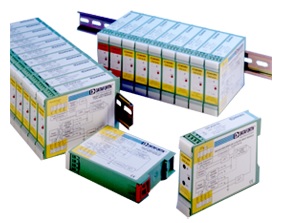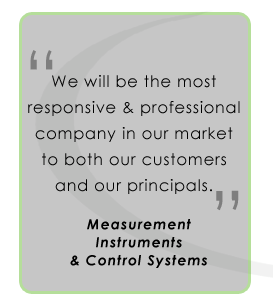|
Dataforth Tech Note: Hysteresis Specifications |
 October 2018, MARIETTA, GA ~ Hysteresis specifications are often combined with other phenomena such as repeatability, reproducibility, linearity, and dead band as part of the overall product specifications. However, some elements in a data acquisition system, sensors as an example, may have a denominate individual hysteresis behavior that should be considered in determining a total system error budget. The fundamental phenomenon of hysteresis is the inability of a unit to provide the same output for the same input after the input has had a traversal from upscale to downscale or downscale to upscale with all other errors zero. For example, consider a pressure sensor with output Vout-x for an input pressure of Px. If the input pressure Px increases upscale to some new pressure then returns downscale to pressure Px again, the output may not be Vout-x as before, but some different output, Vout-z. The difference between Vout-x and Vout-z is the hysteresis error usually expressed as a percent of full-scale output. Dataforth recognizes the impact of hysteresis in determining overall system error budgets and includes hysteresis in their signal conditioning modules specifications. All Dataforth modules are 100% sampled tested to guarantee conformity to published specifications. View an example of a typical data sheet for a standard DIN-rail mount signal conditioner DSCA40/41. As mentioned, Dataforth includes hysteresis in its accuracy specification - see the Notes: (1) in this DSCA40/41 specification sheet! To learn more about Dataforth Products, please click here. |


